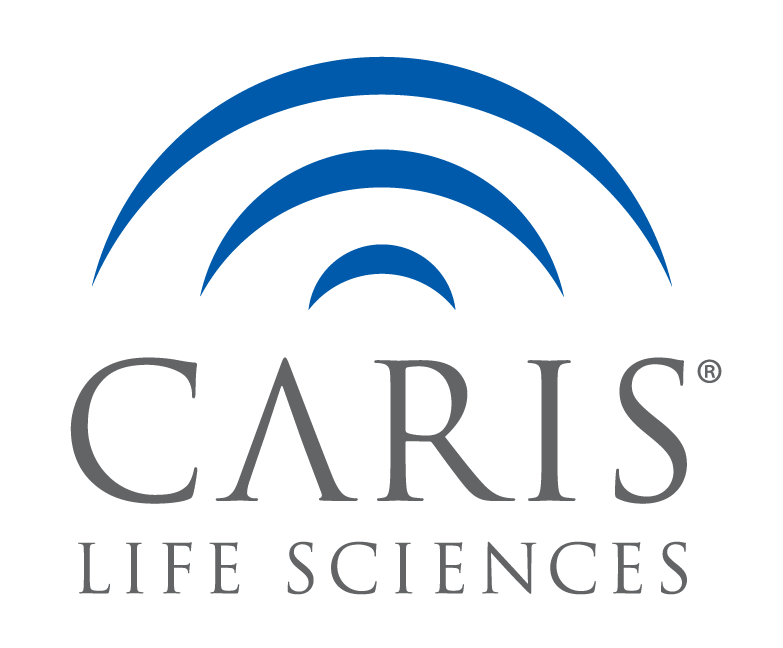Highlights
- RET fusions are identified in 15 tumor types and carcinoma of unknown primary.
- Different dominant RET fusion variant within each tumor type: KIF5B-RET (NSCLC), NCOA4-RET (colorectal, breast), and CCDC6-RET (well-differentiated thyroid).
- RET fusion positive CRC had a higher median TMB and were commonly MSI-H.
Abstract
Background
RET fusions are driver alterations in cancer and are most commonly found in non-small cell lung cancer and well-differentiated thyroid cancer. However, RET fusion have been reported in other solid tumors.
Material and methods
A retrospective analysis of RET+ solid malignancies identified by targeted RNA sequencing and whole transcriptome sequencing of clinical tumor samples performed at Caris Life Science (Phoenix, AZ).
Results
As of March 22, 2022, a total of 378 RET+ solid malignancies were identified in 15 different tumor types and carcinoma of unknown primary (CUP) that underwent next-generation RNA sequencing. RET+ NSCLC and RET+ thyroid cancer constituted 66.9% and 11.1% of the RET+ solid malignancies, respectively. RET+ colorectal adenocarcinoma and RET+ breast adenocarcinoma constituted 10.1% and 2.6%, respectively. The estimated frequency of RET fusions within specific tumor types were NSCLC 0.7%, thyroid cancer 3.1%, colorectal cancer 0.2% and breast cancer 0.1%. KIF5B (46.8%) was the most common fusion partner followed by CCDC6 (28.3%) and NCOA4 (13.8%) in RET+ solid tumors. KIF5B-RET was the dominant fusion variant in RET+ NSCLC, NCOA4-RET was the dominant variant in RET+ colorectal carcinoma, and CCDC6-RET was the dominant variant in thyroid cancer. The most common single gene alterations in RET+ tumors were TP53 (34.8%), RASA1 (14.3%) and ARIAD1A (11.6%). RET+ CRC had a high median TMB of 20.0 and were commonly MSI-H.
Conclusions
RET fusions were identified in multiple tumor types. With a higher median TMB and commonly MSI-H, RET fusion positive CRC may be a unique molecular subset of CRC.

